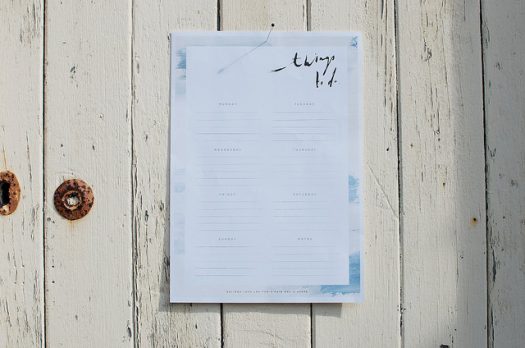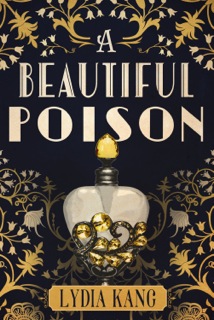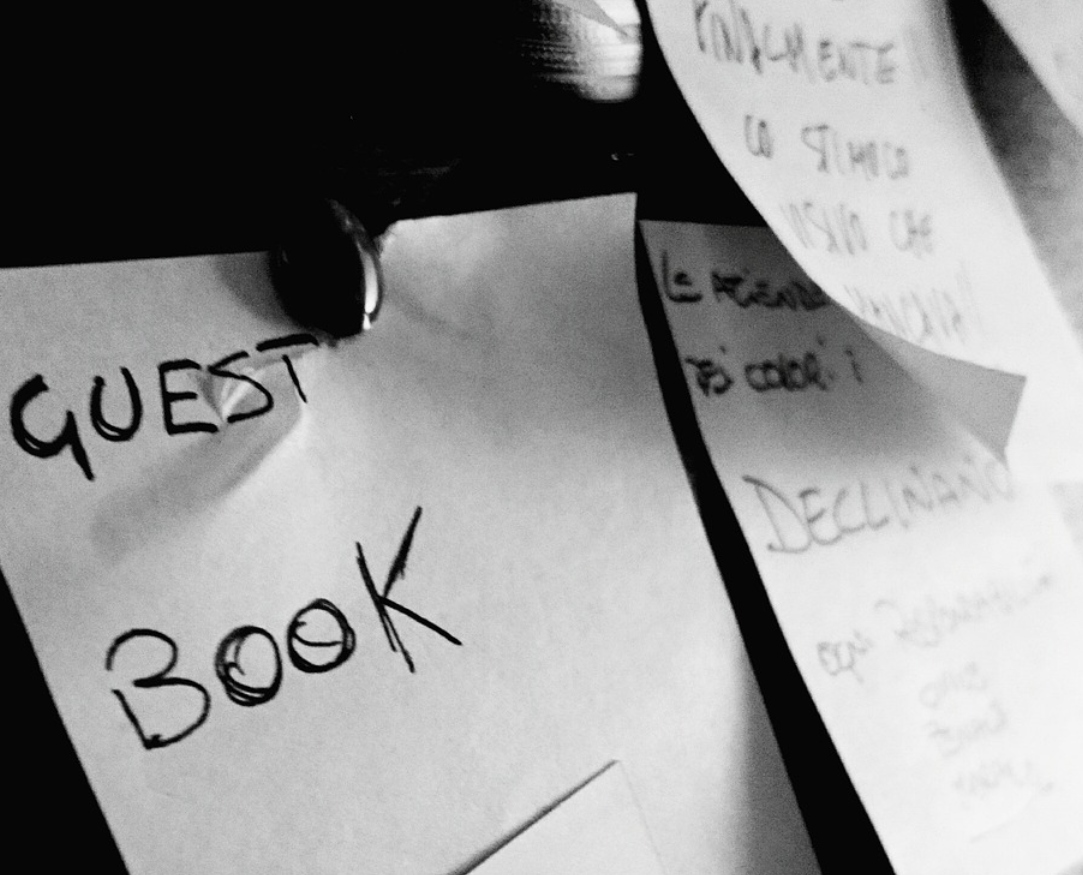Historical Novels—Your Research To-Do List
By Guest | September 22, 2017 |
 Please welcome Lydia Kang, author of several books, including the newly released Beautiful Poison, to Writer Unboxed today!
Please welcome Lydia Kang, author of several books, including the newly released Beautiful Poison, to Writer Unboxed today!
Lydia is a physician and author of fiction, poetry, and non-fiction. She was born in Baltimore, Maryland and graduated from Columbia University and New York University School of Medicine. She completed her residency and chief residency at Bellevue Hospital in New York City and currently lives in the midwest, where she continues to practice internal medicine.
Beautiful Poison, set “just beyond the Gilded Age, in the mist-covered streets of New York,” demanded that Lydia research many things, from Spanish influenza, poisons and more–a skill set she’ll share with us today.
“Writing historical fiction requires a certain amount of passion, but passion only gets you so far in the research process,” said Lydia. “I wish I’d had a list like this to help me when I started writing historical, so I’m happy to share the neater version of the chaotic process I had to figure out myself!”
You can learn more about Lydia and Beautiful Poison on her website, and by following her on Twitter and Facebook.
Historical Novels—Your Research To-Do List
Before I wrote A BEAUTIFUL POISON, my historical mystery novel, I’d fallen in love with the year 1918. The Gilded Age was ending and the roaring twenties had yet to even purr. I’d wanted to include true events in my story—the emergence of the Office of the Chief Medical Examiner at Bellevue Hospital; the worldwide influenza epidemic; the horrors of World War I, and the infamous poisoning of the radium girl dial painters.
It was an enormous task, but this is how I got my history work done so I could tell the story of Allene, Jasper, and Birdie with confidence.
Start with historical nonfiction. Go for award-winning nonfiction books that depict people, places, and events. I read books that were beautifully researched and entrancingly entertaining. A choice few were Deborah Blum’s THE POISONER’S HANDBOOK and John M. Barry’s THE GREAT INFLUENZA.
Poach bibliographies. If nonfiction books are the trees, bibliographies are the roots. Dig deep, but be wary of interesting yet haphazard side trips that aren’t helpful for the task at hand. I used Archive.org often, which has free online books from the last several centuries.
Fall down the Google/Pinterest black hole. Then dig yourself out. Everyone does it! Some advice, though:
- Make a folder on your browser’s bar to bookmark everything. Retracing steps is a pain.
- Don’t waste hours on a minor detail. Asterisk it in the manuscript, and move on.
- If it’s a key piece of your plot, check the validity of your source, especially if you found it on a random blog or Pinterest.
Read historical fiction…carefully. An obvious instinct is, “How did other authors do this?” But remember, novelists don’t always get things right. Excellently researched novels are a complement to your research, not a substitution. They are fiction, after all. Unless…

“An absolute gem for murder mystery fans, with a perfect period feel and fascinating forensic detail.” —Lindsay Jayne Ashford, author of The Color of Secrets
Read novels that were once contemporary. My setting was 1918. So I read and reread Fitzgerald, Hemingway and others who lived then and wrote novels that were contemporary at the time. Which brings me to other contemporary stuff…
Get your (virtual) hands on memoirs and documents. Hemingway’s personal letters were enormously helpful. Via Google, I found more letters and diaries that described what a normal day was like, what kind of candy was eaten, how people spoke, what clothes they wore, etc. Birth, death, and burial info is often searchable, as well as documents like draft cards.
Map things out. I mean literal maps, not plot maps. DavidRumsey.com is a huge resource where you can look at maps on your computer or purchase a print. I also went to resources such as Wikimedia Commons and printed out maps. The New York Public Library digital archives have a huge store of amazing maps, too.
Key in on language. Every time I came across slang terms or any language that was 1918ish, I wrote it down. If I noticed memorable phrases in books, I highlighted them. I ended up having pages and pages of words and phrases that I constantly used.
Make timelines. I always referred to these to be sure I was on track with how my plot corresponded with real life. Wikipedia has basics, and I double-checked them. There is a great series of books called Decades by Vincent Tomkins that goes over specific newsworthy and cultural timelines for each decade of the 20th century.
Check newspaper and magazine archives. The New York Times is your friend! Or the Delineator, or the Tribune. The New York Times “TimesMachine” was a wonderful step back into 1918. I read a lot of issues from that year to anchor some of my plot details, such as the ongoing drafts for World War I.
Have a look at visual imagery archives. Online archives are everywhere once you start looking. The NYC Municipal Archives has photos from my period of interest. If you’re researching an era pre-photographs, archives of etches and paintings can help out, searchable on Wellcome Images, for example, or the New York Public Library online archives.
Consult with real people. If you know an expert, ask nicely for help with details and if they’d be willing to read a draft for historical accuracy. Consider a trip to visit archives, museums, and historical societies for those original items you need for research. Most people I contacted via email or phone did contact me back eventually.
There you go. That was my research to-do list that helped me write A BEAUTIFUL POISON. It’s all nice and neat and organized. And though you may not feel nice and neat and organized when you research your book, at least you’ll have this road map to help you feel a little less overwhelmed. Good luck! And happy writing!
Have additional research tips you’d like to share — whether you write historical fiction or contemporary? The floor is yours.










Thank You for this post Lydia.
I have an idea for a historical that I’d like to do someday, and this list is going on top of that research file. One cool research tool I found is an archive of dissertations and theses that go back to 1743.
https://searchworks.stanford.edu/view/10764096
Genealogy is an interest of mine and many of the tools used for researching family history are useful for writers also. There are many free, online newspaper resourcees: Chronicling America and fultonhistory.com are tw, the latter quirky to search, but great once you get used to it. Family Search has great free info, too, including a digitized book project and censuses that, for some years, can be used to see occupations.
Thanks for this helpful post, Lydia! You alerted me to several sources I want to check out. My library has the timeline series, too. It is actually called “American Decades” and Tompkins edited only the first volume. Here is the WorldCat page for the series if anyone wants to find the volume they need: https://www.worldcat.org/title/american-decades/oclc/316265868
Thanks so much. With a PhD in nineteenth century American women’s literature I often feel daunted by doing history research for my proposed historic fiction novel (still to be written). Your blog is very helpful to me.
Excellent guidelines. Wish I were as organized. Btw, great cover, Lydia.
Great information! Thank you for sharing!
You had me at ” radium girl dial painters.” And I agree, your cover rocks!
Past that, thanks for your generous spirit in sharing all this hard-earned knowledge. One of the great things about this writing community–they share what they learn unabashedly with others. I haven’t ever written historical fiction, though I love reading it, but there’s lot here even for contemporary writers to use.
Thanks again!
Great details; will save. Organization is key and yet so hard to do. Scrivener helps–you can import actual websites into your working doc. Pictures on Pinterest help too. Absolutely right about not going down too many bunny trails!
This is marvelous (I’m writing a novel set in 1987 — it feels weird to call a period in my lifetime “historical,” *gulp*, but you know…). Thanks so much for the tips, Lydia! I was particularly grabbed by the mention of the New York Times’ “TimesMachine” — I didn’t know about that previously. I visited the site; it’s subscription-only, BUT, in case anyone else is interested, I see there’s a sale on subscriptions until this Sunday (hopefully not just in Canada, where I’m based…). I’ve been meaning to subscribe to the NYT for a while now, so I just did! Kismet! Thanks again.
Great post! I admire that you picked a single, definitive year for your book. Are you ever tempted to work in something that actually occurred slightly after your date, because it fit so perfectly into the story? I fear being caught by alert readers who can be frighteningly well-versed in my historical period – on matters of dress, manners, style, food – and scornful of “narrative license.” Anachronisms can and do blow up otherwise good stories and ruin the experience for readers. What line to you set? How far do you go to be accurate?
Delightful, thoughtful, well organized article. Love your brain. Wish you were my doctor. Many thanks and good wishes to you and yours. You have inspired me.
This is an article that I will refer to often. Thank you! I am working on my debut novel, a historical mystery set in the Old West in 1871. It is a specific area and I luckily found a specific non-fiction book of the area. It was also my hometown up until the age of 12 so I do know the town well. It is still daunting to do the research even though I love it.
I have discovered that Museum curators, State and National Park and Battlefield Supervisors and historians, and State Library reference librarians have a wealth of knowledge and love it when they are asked a question. They seem to be very careful about checking facts and are happy to share resources they have buried in their archives. (Be prepared to get detailed responses!) Be careful, however, when consulting with tour guides and docents. Their enthusiasm for a topic is wonderful, but information may be based on myths and unverified stories. The best resource is a retired, volunteer guide who is an amateur historian who has been fascinated by a topic for decades and is a gold mine of information. Find those people!
Thanks for featuring Lydia for the tour.
Such a wealth of information. An article I will print out an keep handy! And I like at the end of your article when you added the word “contemporary.” I do research for every single novel I write, whether historical or contemporary. For one book I interviewed rock and roll groupies and scanned all the major east coast stadiums where bands perform. For another I milked cows and visited old homesteads. For yet another I read diaries and blogs of breast cancer survivors. Research for any book is a must. And it it contagious! Almost as fun as writing the book itself, because I learn so much.
Fabulous post – thank you for this!
Thanks. I’d add credible Youtube documentaries.